pseudomembranous colitis in babies
In many cases it occurs after taking antibiotics. Pseudomembranous colitis in children 183 potent in biological assays of enteric toxins when animal models are used and may be more important in clinical expression of gastrointestinal complications.
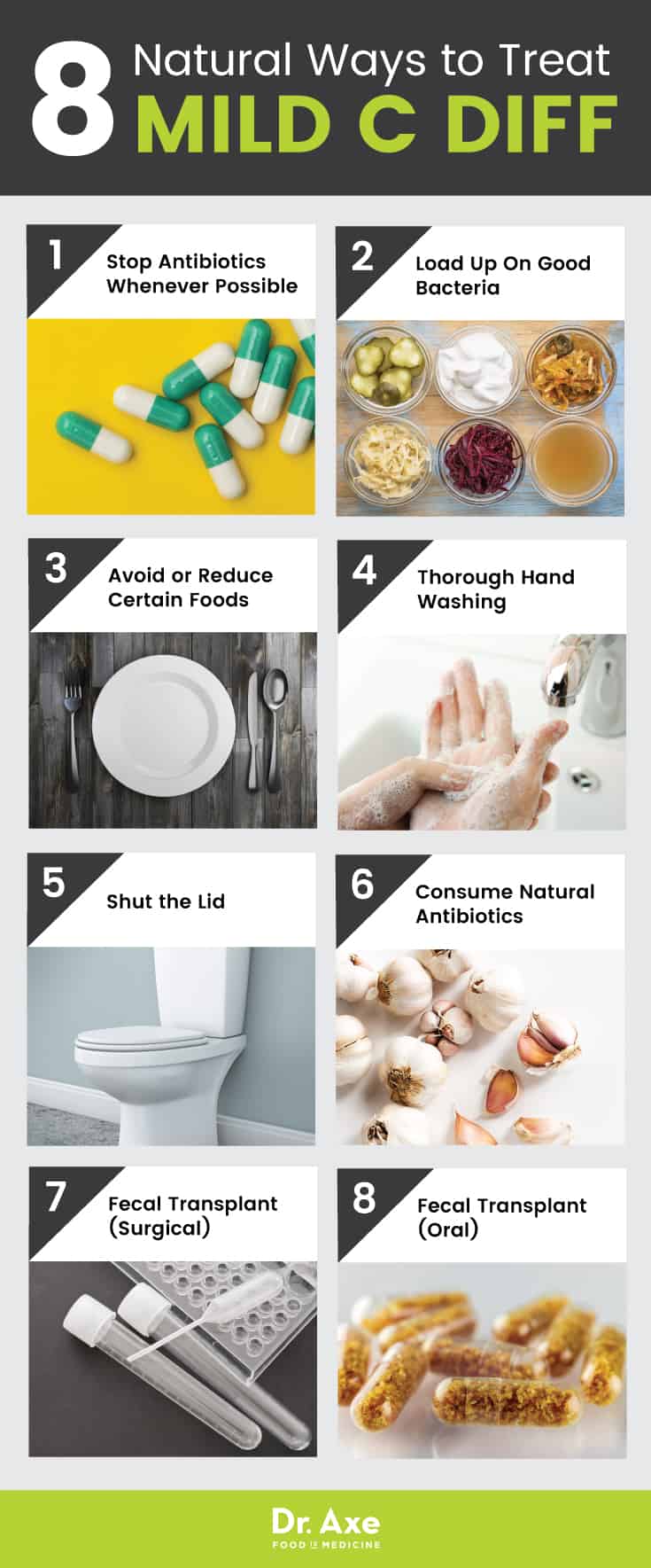
C Diff Infection Causes Symptoms 8 Natural Treatments Dr Axe
Learn about Signs Symptoms Treatments for Ulcerative Colitis.
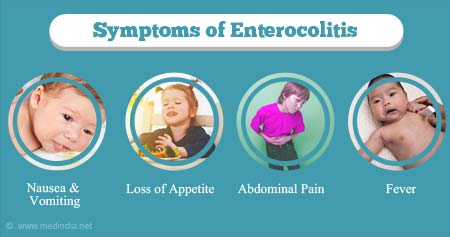
. Clostridioides difficile infection in adults. This type of colitis is caused by a specific bacterium known as C. A spectrum of nodular haustral thickening and an accordion pattern have been reported as specific features of pseudomembranous colitis PMC in adults.
Epidemiology microbiology and pathophysiology. A spectrum of nodular haustral thickening and an accordion pattern have been reported as specific features of pseudomembranous colitis PMC in adults. Pseudomembranous colitis is inflammation swelling irritation of the large intestine.
Jayakar AV Desai AG Dalal NJ Shah SC Narayan K. The most frequently implicated antimicrobial agents were penicillins in six children and clindamycin in two. Pseudomembranous colitis PMC occurs rarely in children but its incidences are increasing due to frequent antibiotic use.
Pseudomembranous colitis severe inflammation of the inner lining of the bowel from C. Ironically people often get pseudomembranous colitis after taking antibiotics. Pseudomembranous colitis remains a potentially lethal complication of antibiotic usage.
Bolton RP Thomas DF. Pseudomembranous colitis PMC occurs mainly in adults and is believed to be caused almost exclusively by toxins produced by Clostridium difficile. Certain antibiotics like penicillin clindamycin Cleocin the cephalosporins and the.
Colonoscopy is simple and fast. The ages ranged from 4 years to 17 years. Ampicillin penicillin and clindamycin are the drugs most frequently reported to cause pseudomembranous colitis in pediatric patients.
Ten cases of antibiotic-associated pseudomembranous colitis in children are reviewed. The ages ranged from 4 years to 17 years. Pseudomembranous colitis in children and adults.
A retrospective review of nine patients with PMC was performed to assess whether this spectrum of CT findings also occurred in children. Difficile toxins are present in approxi-mately two-thirds of children and adults in the USA. A retrospective review of nine patients with PMC was performed to assess whether this spectrum of CT findings also occurred in children.
The pseudomembranous colitis developed 12 days after the last dose of ampicillin was given to the baby. Identification of Clostridium difficile as the major pathogen has led to a rational successful approach to therapy and has widened the spectrum of associated disease. Colonoscopy found that PMC occurs mainly in the colon sigmoid colon and rectum in up to 80 100 of cases.
Necrotizing enterocolitis a condition pathologically distinct from pseudomembranous colitis was also present. Difficile infection is uncommon in children. Using antibiotics can cause the bacterium Clostridium difficile C.
Use of medicines that weaken the immune system such as chemotherapy medicines. There are limited descriptions of pseudomembranous colitis in children. Pseudomembranous colitis is uncommon in children and rare in infants.
Pseudomembranous colitis severe inflammation of the inner lining of the bowel from C. Stool assays showed specimens from all ten patients yielded a cytopathic toxin which was neutralized by Clostridium. However it is becoming more common in people who take antibiotics and are not in a hospital.
Serum antibodies to C. The most frequently implicated antimicrobial agents were penicillins in six children and clindamycin in two. Diff to grow and infect the lining of the intestine which produces the inflammation.
Antibiotic-associated colitis is a rare complication of antimicrobial therapy in children. In four girls and five boys CT scans were performed within 3 days of. Pseudomembranous colitis in children.
It is most often seen in people who are in the hospital. Its caused by food intolerances often to dairy milk lactose intolerance or soy milk. Stool assays showed specimens from all ten patients yielded a cytopathic toxin which was neutralized by Clostridium sordellii antitoxin.
This diagnosis should be suspected in any child with significant diarrhea during or after a course of antimicrobial therapy especially if the diarrhea persists. There are limited descriptions of pseudomembranous colitis in children. Allergic colitis affects breastfeeding babies.
Ad Learn More About the Causes Symptoms of Ulcerative Colitis. Difficile infection is uncommon in children. Approach to diarrhea in children in resource-rich countriessystemic toxicity.
Ten cases of antibiotic-associated pseudomembranous colitis in children are reviewed. In four girls and five boys CT scans were performed within 3 days of a positive.
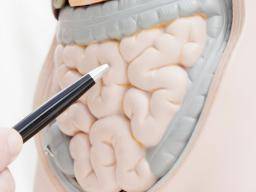
Enterocolitis Types Symptoms Treatment And Diet
Infant Reflux Beacon Health System

Enterocolitis Symptoms Causes Diagnosis Treatment Prevention
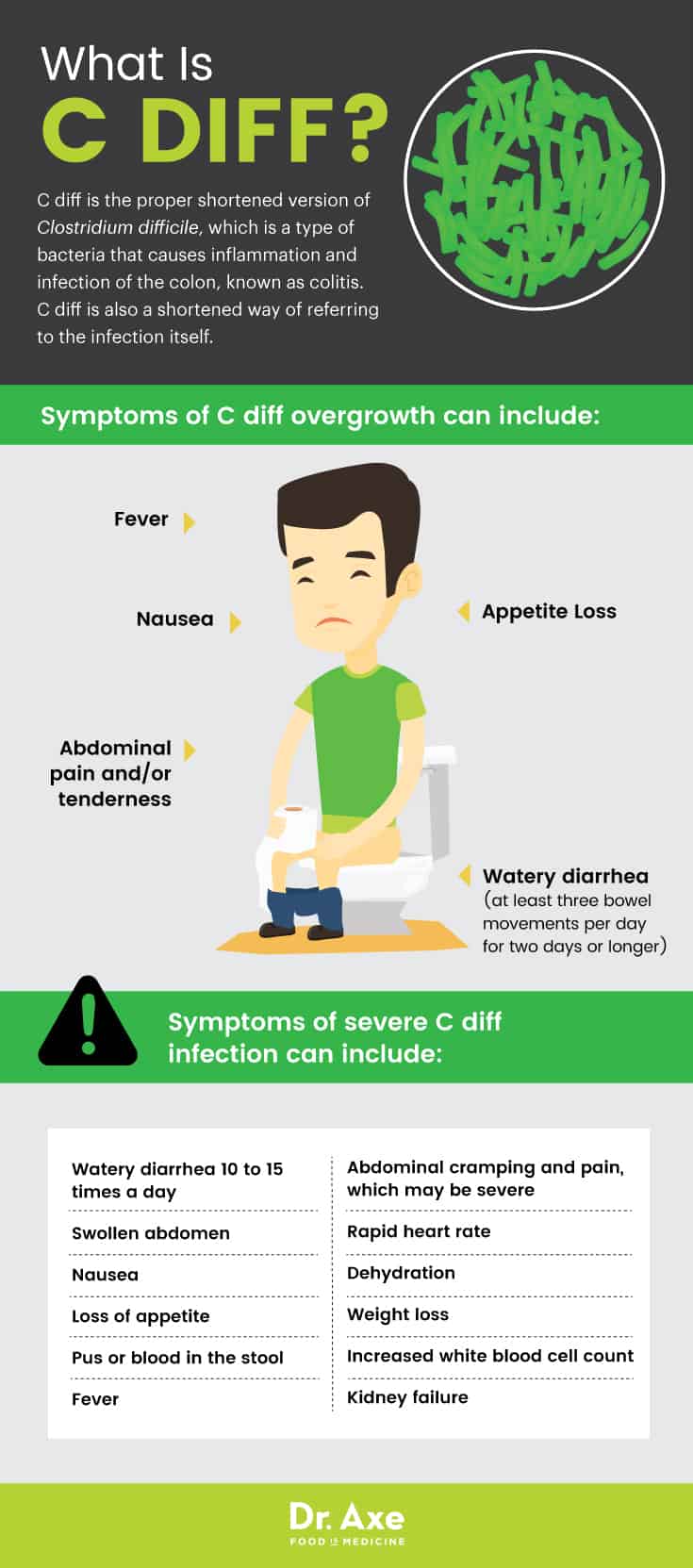
C Diff Infection Causes Symptoms 8 Natural Treatments Dr Axe
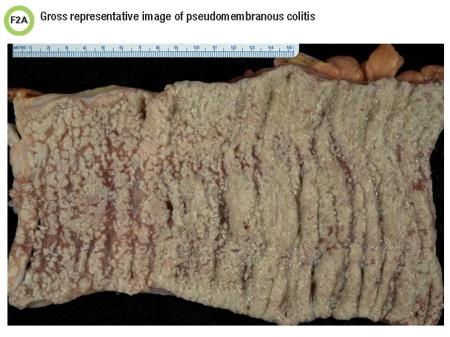
Diagnosis Of C Difficile Why So Difficult Aacc Org

Clostridium Difficile C Diff Infectious Dis Medbullets Step 2 3
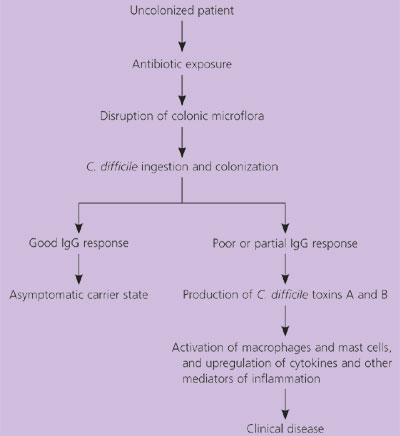
Clostridium Difficile Associated Diarrhea
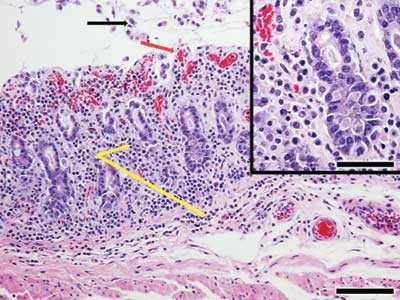
Diagnosis Clostridium Difficile Induced Typhlitis And Colitis Lab Animal
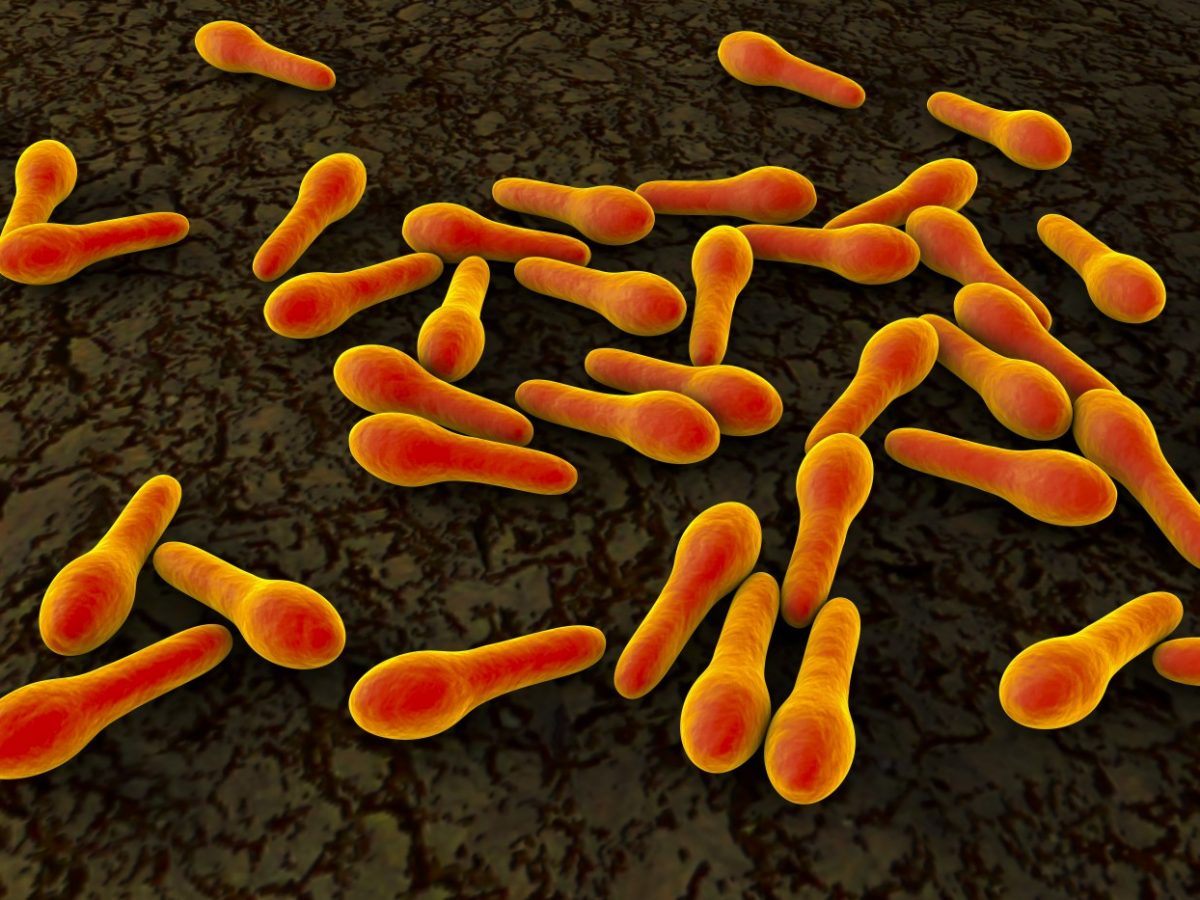
Many Cystic Fibrosis Patients Have C Difficile Infections Without Symptoms Study Says
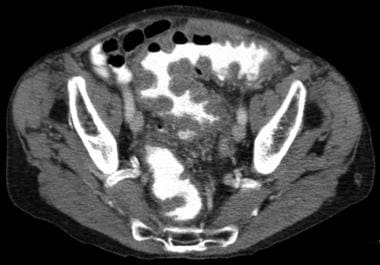
Clostridioides Clostridium Difficile Colitis Workup Approach Considerations Stool Examination And Stool Assays Endoscopy

Colitis Types Diagnosis And Treatment
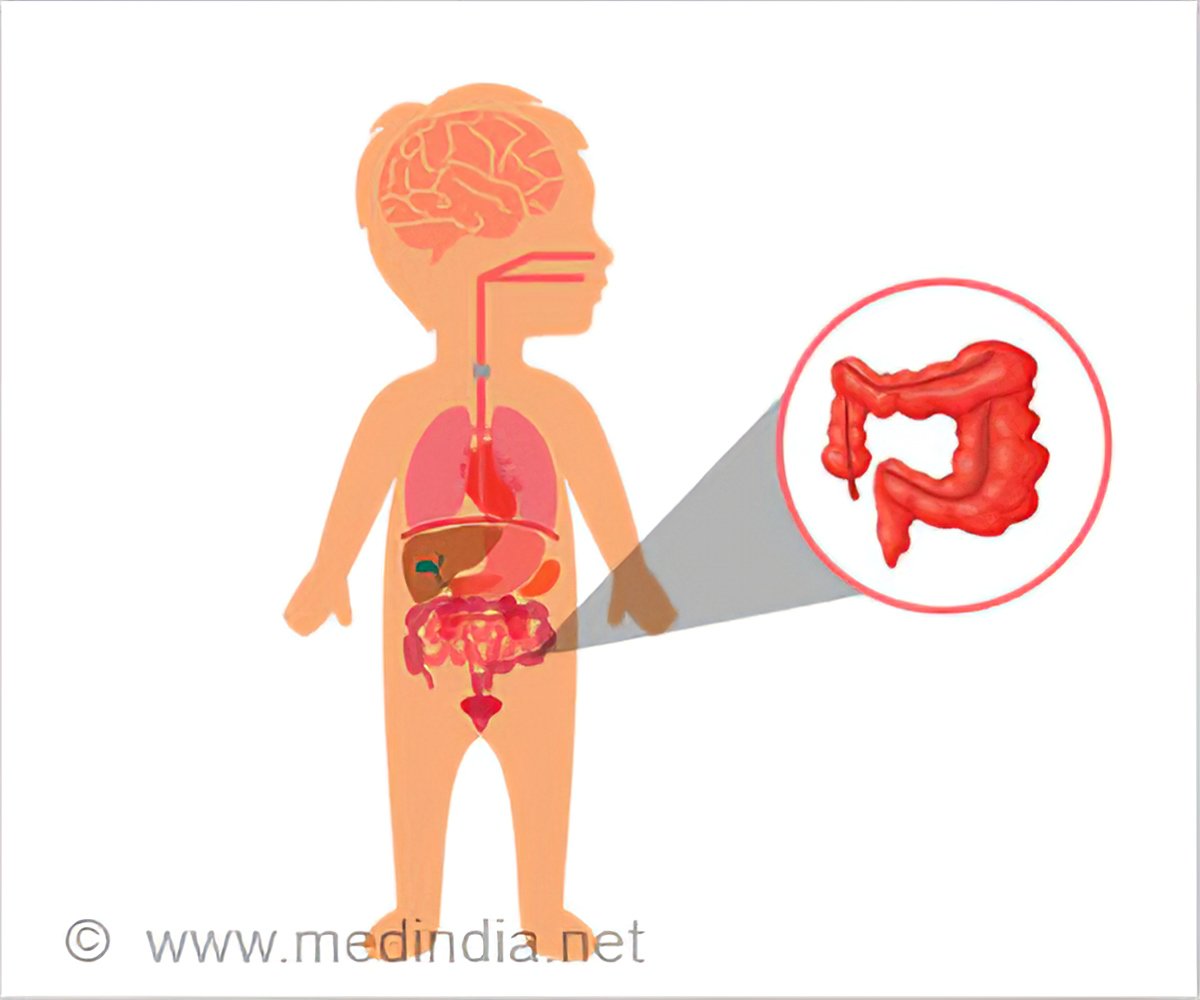
Enterocolitis Symptoms Causes Diagnosis Treatment Prevention
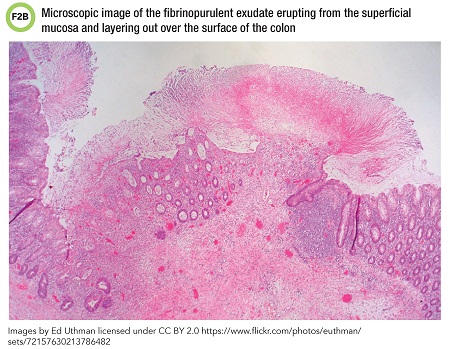
Diagnosis Of C Difficile Why So Difficult Aacc Org

Baby With White Plaques On The Tongue Consultant360
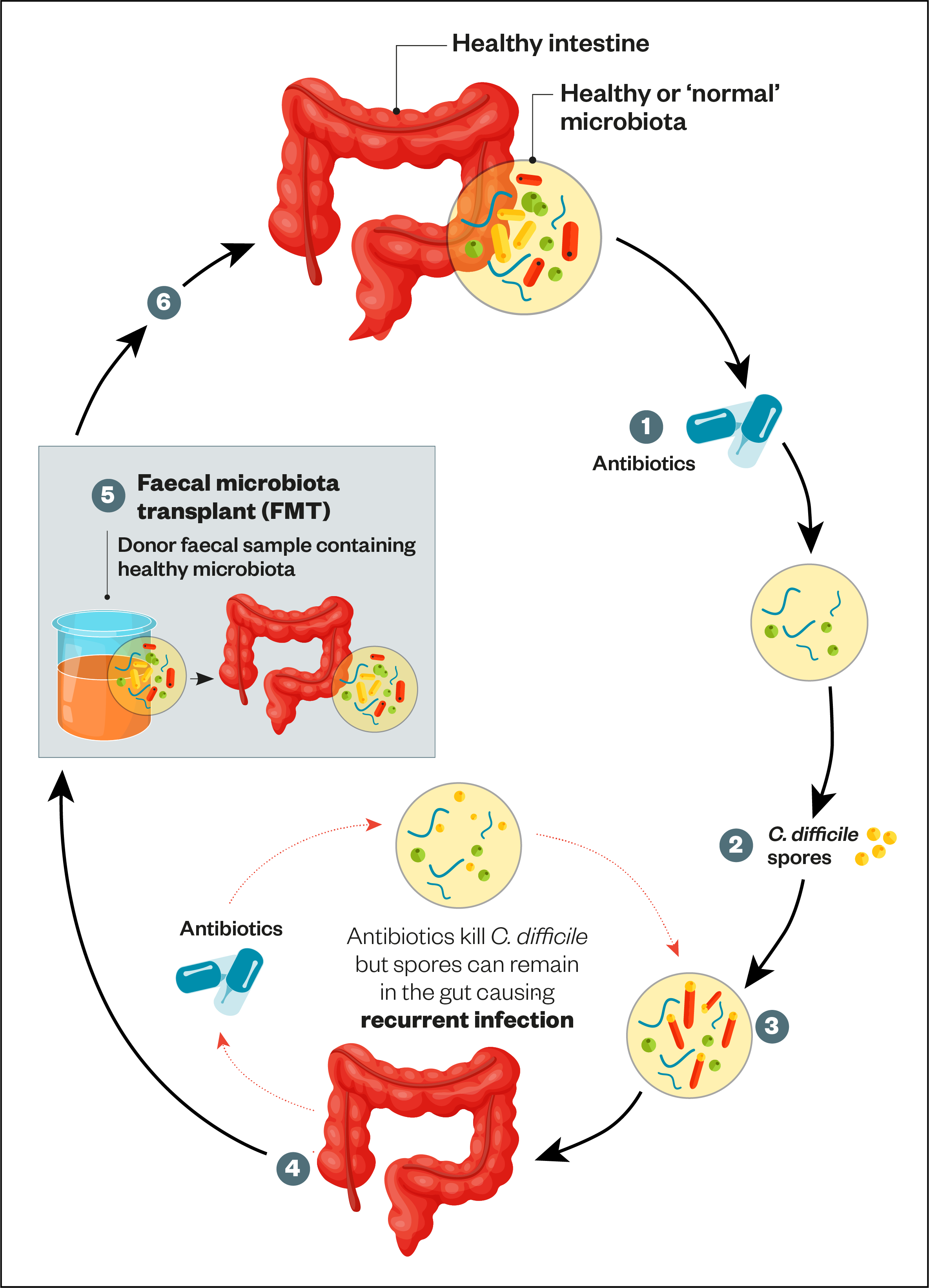
Clostridioides Difficile Infection Management The Pharmaceutical Journal

Clostridium Difficile Infection What You Need To Know Consultant360
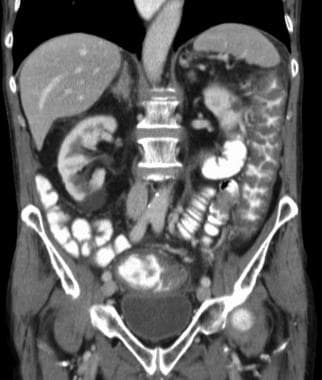
Clostridioides Clostridium Difficile Colitis Workup Approach Considerations Stool Examination And Stool Assays Endoscopy
